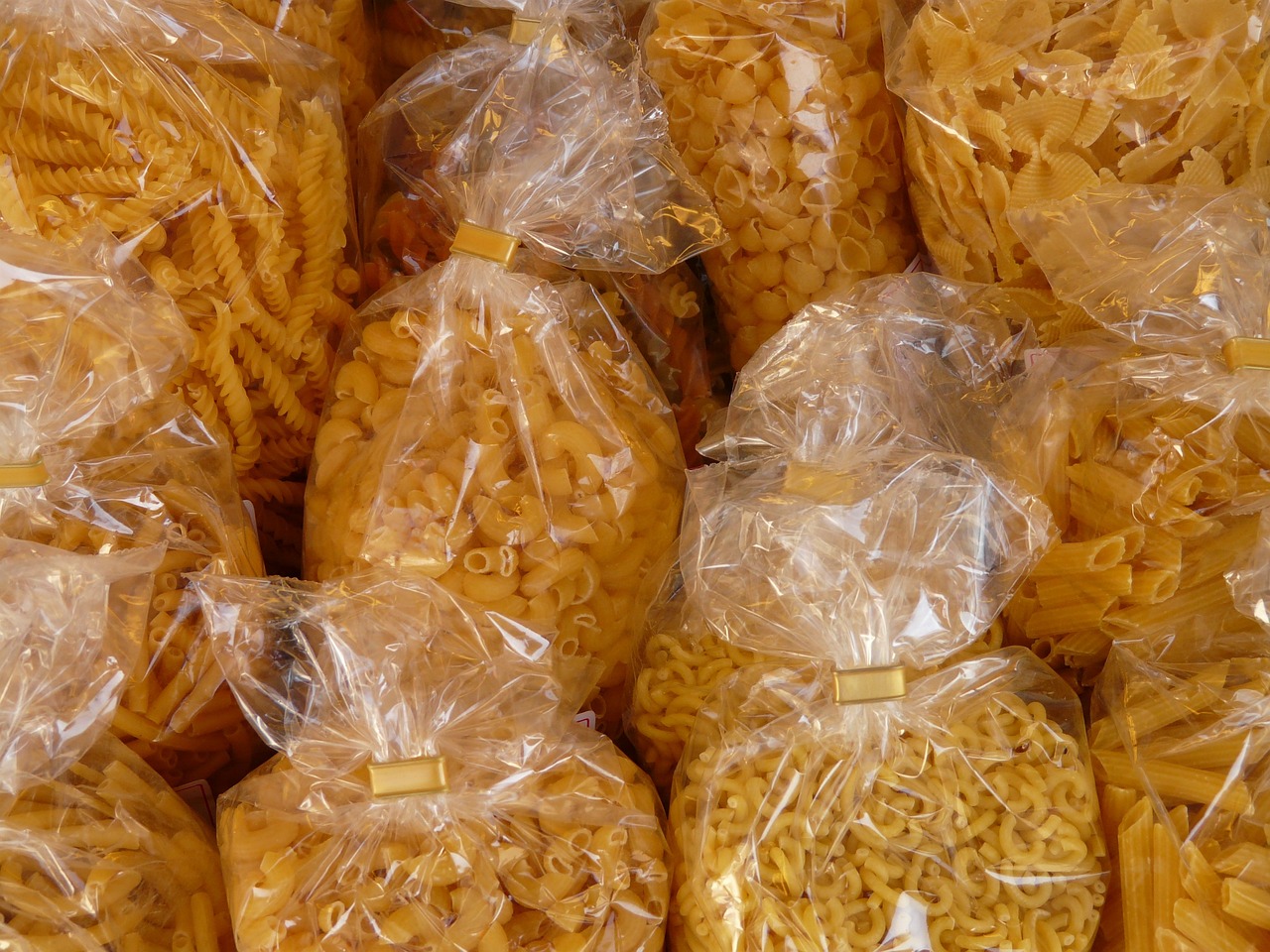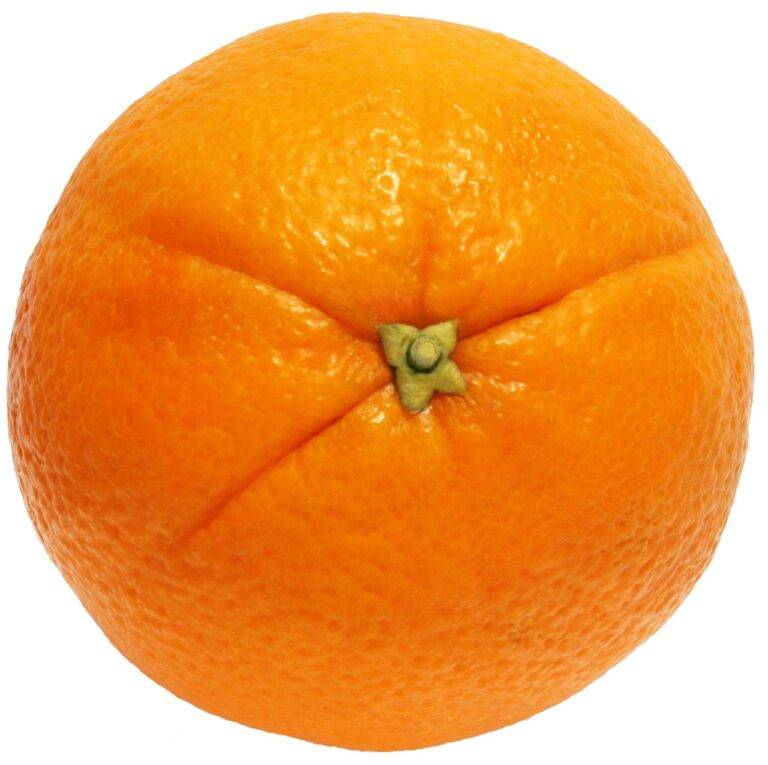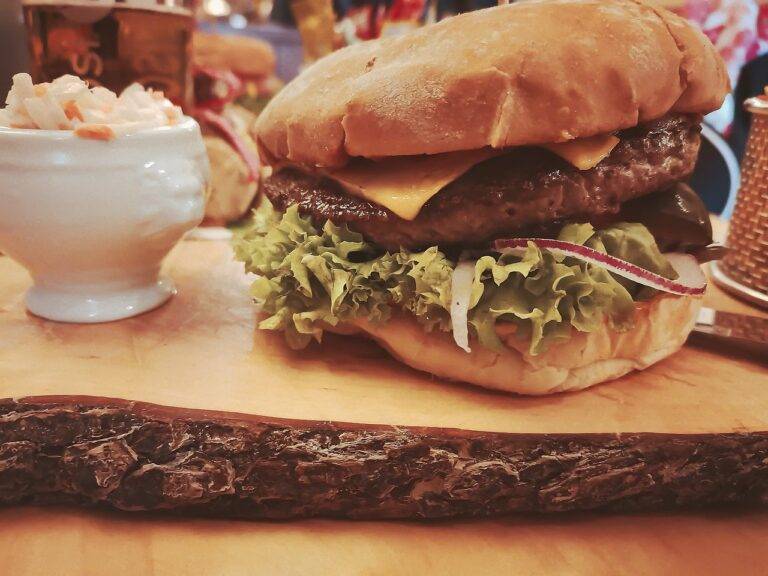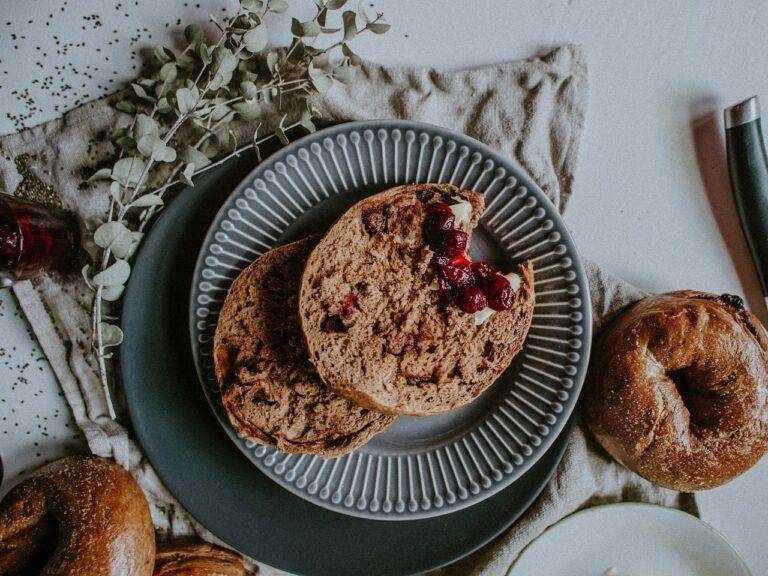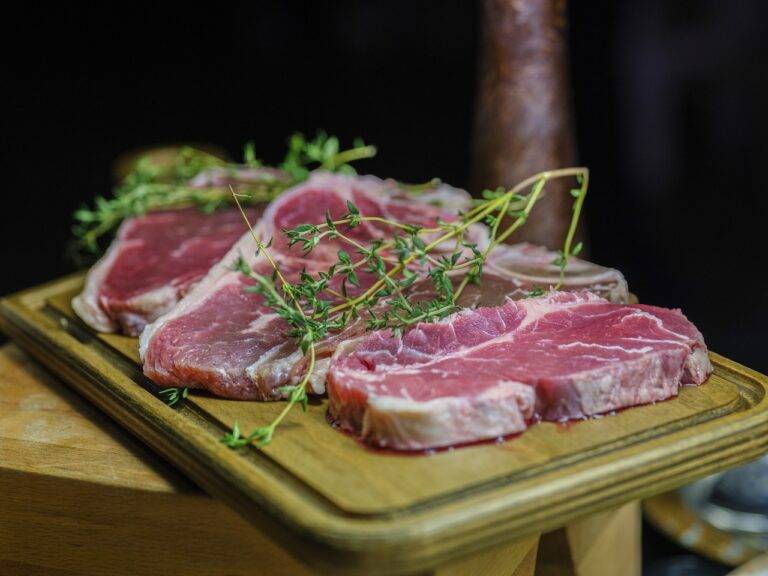The Psychology of Food Packaging: Influence on Perception
Food packaging design plays a crucial role in catching the eye of consumers and influencing their purchasing decisions. From the colors used to the placement of text and images, every element is strategically chosen to communicate key messages about the product inside. In today’s competitive market, standing out on the shelves is essential, and a well-designed package can make all the difference.
When creating food packaging, designers consider factors such as target audience, competition analysis, and brand identity. The packaging must not only appeal to consumers visually but also convey important information about the product, such as nutritional content and product benefits. Additionally, the design should align with the brand’s overall image and values to create a cohesive and recognizable presence on the market.
Impact of Colors on Consumer Behavior
Color plays a crucial role in influencing consumer behavior, affecting perceptions and emotions towards products. Different colors evoke varied feelings and responses, which can ultimately impact purchasing decisions. Marketers strategically use colors in packaging design to communicate brand identity and create a specific mood or impression on consumers.
For instance, warm colors like red and orange often evoke feelings of excitement, energy, and passion, which can stimulate impulse purchases. On the contrary, cool colors such as blue and green are associated with trust, peace, and reliability, appealing to consumers seeking a sense of security and tranquility. Understanding the psychology behind color choices in packaging design is essential for brands looking to effectively engage with their target audience and drive sales.
How does color impact consumer behavior in food packaging design?
Color can influence consumers’ perceptions of a product, evoke certain emotions, and even subconsciously affect their purchasing decisions.
Which colors are commonly used in food packaging design and what are their effects?
Red can stimulate appetite, yellow can grab attention and convey happiness, green is associated with health and freshness, while blue can create a sense of trust and reliability.
Can the wrong choice of colors in food packaging design have a negative impact on sales?
Yes, if the colors used do not align with the brand or product, it can confuse consumers or deter them from making a purchase.
How important is it to consider cultural differences when choosing colors for food packaging design?
It is crucial to take into account cultural associations with colors, as certain colors may have different meanings in various regions and could either attract or repel potential customers.

